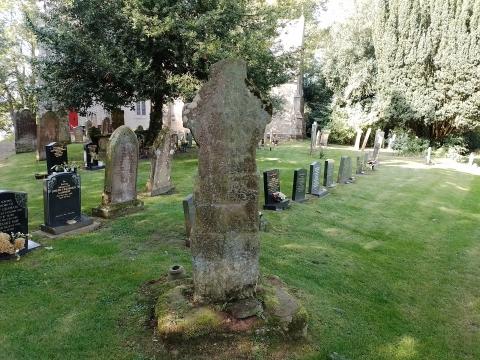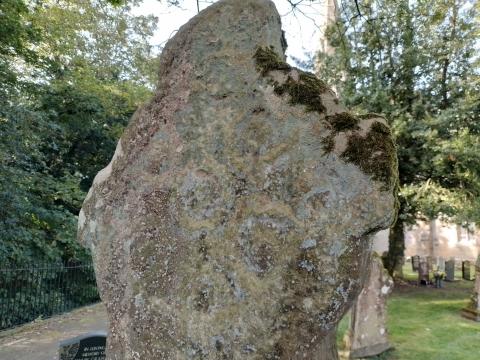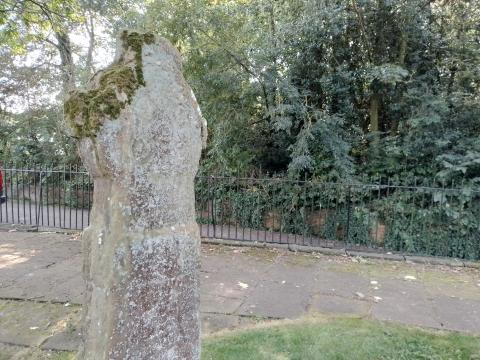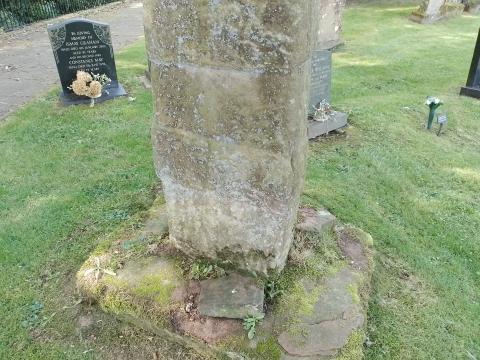Rockcliffe Cross

In the grounds of St Mary’s Church at Rockcliffe, Cumberland, is an impressive stone cross. Not as tall as some, but certainly wider, it is dated to the tenth century and predates the church by several hundred years. Apart from its antiquity and surprisingly good state of preservation, it is its positioning that is notable: it has not been moved. Where those craftsmen 1200 years ago put it, there it stands. Many crosses were relocated or recycled; reformers and puritans often destroyed them on theological grounds, regarding them as unhelpful relics from a darker age, catering for ignorant people’s inclinations toward idolatry. Being unmoved and fairly unmolested makes Rockcliffe’s cross somewhat unusual.

The regard we have for the cross of Christ is a barometer of our personal faith as well as a given church’s soundness. Where the theology of Christ Crucified is eclipsed by other emphases, such as the gifts or work of the Holy Spirit, eschatological schemes, or worse still, works of righteousness, a church or individual may be diagnosed as spiritually sick. That is why the Lord and the apostle made the communion service so important; we need frequent reminders of the price paid for our redemption, of our inherent natural sinfulness, and of His great love and shed blood. Although the Romanist priest may claim an even greater commitment to the cross with his daily masses, the belief in transubstantiation (that the wafer turns into flesh and the wine to blood) does itself detract from the final and finished work achieved at Calvary. If the cross of Christ is far from you and your church, move back. If it is not the central tenet of your Christian life, then return to it, and marvel at its rugged, blood-stained beauty.

King of my life I crown Thee now-
Thine shall the glory be;
Lest I forget Thy thorn-crowned brow,
Lead me to Calvary.
Lest I forget Gethsemane,
Lest I forget Thine agony,
Lest I forget Thy love for me,
Lead me to Calvary.
-J.E. Hussey, 1921

- Log in to post comments


 Sunday Worship 10.45am & 6.00pm
Sunday Worship 10.45am & 6.00pm